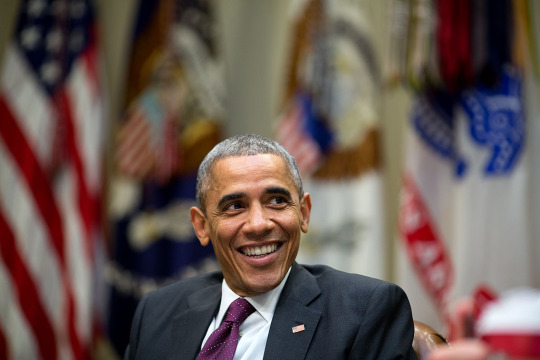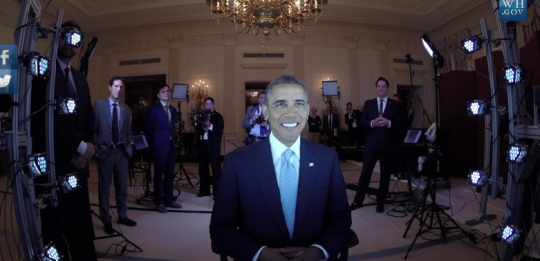This article originally appeared on 3DPrint.com.
For much of this year, the US Copyright Office has been looking into 3D printing. Recently, I feel some commenters here at 3Dprint.com have fundamentally misunderstood the proceeding and confused it with unrelated items in the news. As the author of the petition before the Copyright Office, it seemed worth taking a moment to explain what is (and is not) happening at the Copyright Office.
Not All Intellectual Property is the Same
First, it is important to keep in mind that not everything that can be categorized as “intellectual property” is the same. Copyright generally protects creative, nonfunctional works (plus code) with protections that often last more than a century. Patent generally protects functional objects and processes (like 3D printing processes) with protection that expires after twenty years. Trademark generally protects words and symbols that identify goods in the market (like the name Stratasys) with protection that can last forever.
As you might expect from its name, the Copyright Office focuses on Copyright. That means things like Taylor Swift songs and software that runs on computers. In most cases, that doesn’t mean technical processes connected to 3D printing like a new extruder head or material to be printed. That is true regardless how much money or time is spent developing them. These types of 3D printing-related technical innovations may be eligible for patent protection, but (as the name suggests) that type of protection is outside of the Copyright Office’s area of expertise.
This Proceeding is About Using Third Party Consumables in Printers
Fundamentally, the current proceeding is about using consumables not approved by printer manufacturers without violating copyright law (for more background on the proceeding, check out this article). As a general matter, the decision of what type of material to use in your 3D printer has nothing to do with copyright because neither printers nor consumables are protectable by copyright. However, since Stratasys (and other manufacturers) sometimes use chips with (potentially copyright protected) software to verify that consumables came from them, there is an argument to be made that using unapproved consumables could violate a part of copyright law called the Digital Millennium Copyright Act (also known as the DMCA for short).
The DMCA as Pretext
Make no mistake, this potential for a DMCA violation is little more than a pretext for manufacturers to protect materials and processes that are completely unrelated to copyright law. Stratasys is trying to use the DMCA to protect its market in consumables, a market that – regardless of how much time, money, and effort they invest – simply isn’t eligible for copyright protection.
The idea that the DMCA is a pretext to protect these unrelated markets is not speculation. Stratasys’ own filing for the Copyright Office focuses almost exclusively on concerns like consumer safety and repeatability of prints. These concerns may be important, but they are not the types of concerns that Copyright is designed to address.
Stratasys further commissioned an economic study as an addendum to its filing purporting to detail the consumer benefits of locking users into one source of consumables. Regardless of the validity of this argument – and I’ll admit that I’m highly skeptical – this benefit has nothing do with concerns about someone making infringing copies of the software that runs Stratasys printers.
Finally, during the hearing on this petitionStratasys spent a great deal of time detailing the potential for airplanes to fall from the sky if non-approved materials entered the commercial supply chain. Again, regardless of this argument’s validity, we simply do not rely on copyright law to address these sorts of harms. The fact that Stratasys focuses on all of these points at the expense of any actually connected to copyright highlights the pretextual nature of its involvement in this proceeding.
2D and 3D Printing are Different – and the Same
There are numerous differences between 2D and 3D printing – from the materials used, to the output of the machines, to the brand names of the companies involved in the market. However, in the context of the DMCA and unlocking, 2D and 3D printing are remarkably similar.
A decade ago the 2D printing company Lexmark also tried to use copyright as a pretext to lock people into using toner from them. Courtsslapped Lexmark down, rightly observing that copyright has nothing to do with printer toner – even (especially?) printer toner and cartridges that embodied millions of dollars’ worth of R&D and a fair number of patents.
Technical differences aside, the dynamic in 3D printing is almost identical. Again, a printer manufacturer is looking to rely on the pretext of copyright to protect its market in printer consumables that – unlike the market for Taylor Swift’s songs – has no real connection to copyright.
Why is This Important?
If this was simply an academic argument about the nature of copyright it probably wouldn’t be worth having. But besides the general chilling effect that copyright creep can have on innovation, this sort of copyright abuse has very real consequences.
Locking in consumers to consumables approved by manufacturers limits choice. Remember, this proceeding is not about counterfeit consumables that are pretending to come from Stratasys. This is about giving users the choice to use consumables that clearly state “I am not from Stratasys but you still might want to use me anyway.”
Lock-in also slows innovation. No matter how innovative Stratasys wants to be – and I’m not suggesting that they lack innovation – no single manufacturer can think of everything. Allowing third parties the opportunity to sell consumables brings more eyes on the challenges of developing 3D printing materials. With more people competing to develop more innovative 3D printing consumables, everyone wins.
Finally, this is about ownership and control. Using non-approved consumables in a 3D printer may be a great idea. It also may be a horrible idea. However, users of 3D printers are adults who should be free to make that assessment themselves. They may void their warranties or their service contracts, but there is no reason they should be threatened with a copyright lawsuit for daring to experiment with unapproved consumables.
Today, users can load unapproved operating systems on the Apple laptops, unlock their Microsoft cell phones in order to switch carriers, andbuy unapproved 2D printer toner for their Lexmark printers. Not only has the world not come to an end, but Apple, Microsoft, and Lexmark have continued to exist and improve. There is no reason that copyright should be used as a pretext to make 3D printers any different.
Read More...



